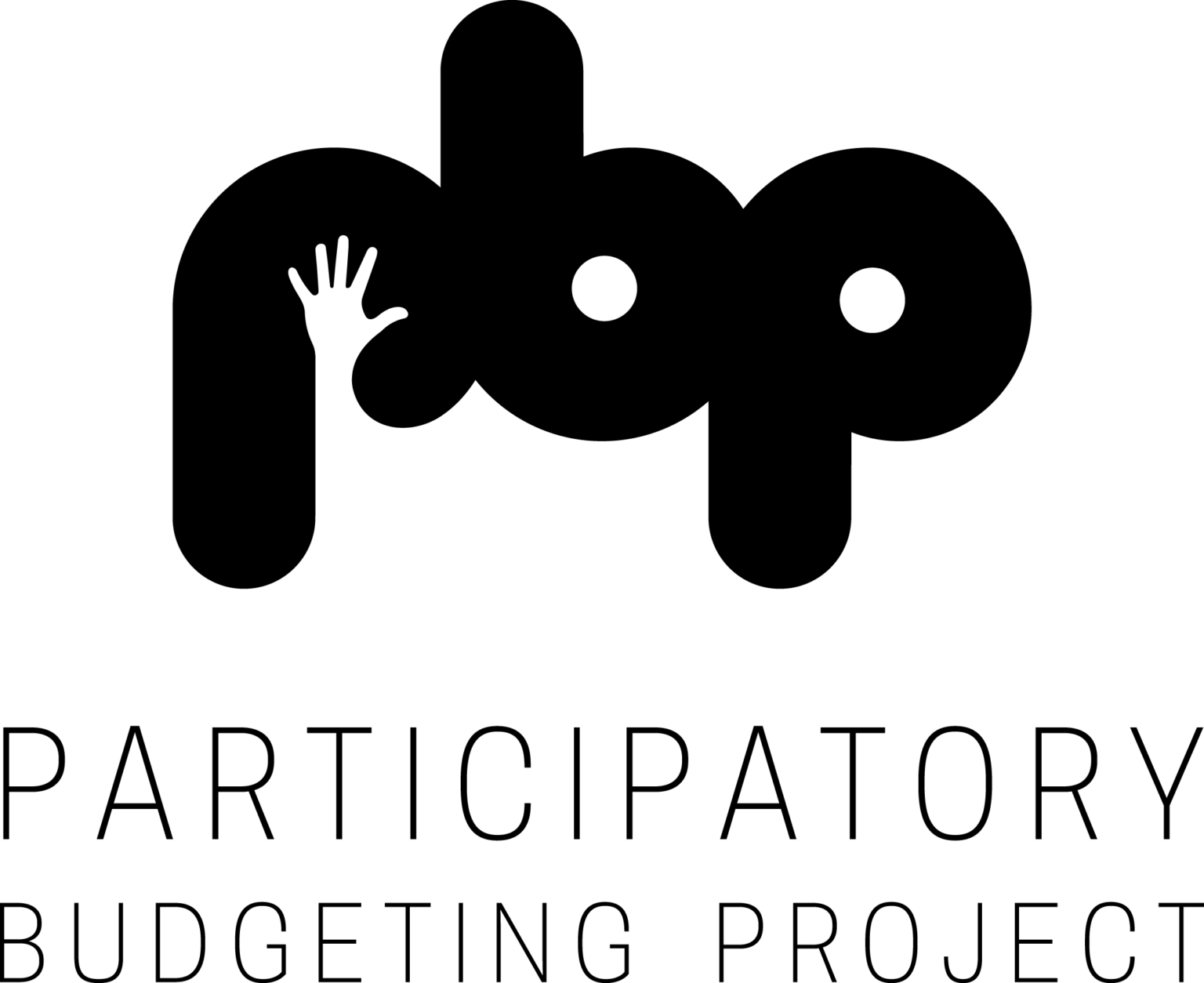This post was written by Allison Rizzolo and originally appeared in On the Agenda, the Public Agenda Blog on December 4, 2014.
Our local public officials are thirsty for better and deeper ways to engage the people they serve. This is a sentiment I heard again and again during last month’s National League of Cities Congress of Cities in Austin.

The sentiment was cast in sharp relief during a workshop on participatory budgeting that I attended as part of the conference. Our partners at the Participatory Budgeting Project (PBP for short) presented to a variety of elected and appointed officials from cities across the country.
Participatory budgeting is a process through which residents are active partners in local budget decisions. We are partnering with PBP on research and evaluation of participatory budgeting processes in communities across the country.
During the workshop in Austin, PBP’s Josh Lerner and Maria Hadden provided participants with practical tools and training to launch participatory budgeting in their communities and better engage their constituents in local budget decisions.
Josh and Maria opened the workshop by asking participants about the barriers to constituent engagement that they face in their communities. Participants also talked about what they were hoping to get out of the conference to address those challenges. This conversation revealed a number of difficulties that local officials share when it comes to engaging their constituents in better and deeper ways, regardless of the size or demographics of their city, town or county.

The concerns officials at the workshop named included:
- Civic participation is currently quite low. How can we get more people to show up or weigh in? And how do we get them to do so thoughtfully?
- City council meetings are boring. We need livelier, more energetic ways to bring the public into decision making.
- Interaction between officials and the public, at city council meetings for example, can often be resentful, angry or filled with drama. Media depictions of these events don’t help. How can we keep interaction constructive?
- Past frustration on the part of constituents stands in the way of current relationship-building and future progress.
- How do we increase participation while making the best use of our time, energy and money?
While these concerns may be anecdotal, we heard similar sentiments in a 2012 survey we conducted of local public officials in California. For example, survey respondents told us they saw most residents as not well informed about the issues affecting their communities. In fact, 72 percent said community members do not keep abreast of the issues that affect their community’s well being. Nearly 7 in 10 said that community members have become much angrier and mistrustful of local officials in recent years.
It’s no wonder healthier, deeper engagement with constituents seems a monumental task to officials.
Sure, deep, thoughtful and authentic engagement of constituents may not be easy. But these forms of engagement, through methods embraced by Public Agenda, the Participatory Budgeting Project and our peers, can contribute to a more informed citizenry and stronger communities.
Better engagement improves the relationship between officials and their constituents in many ways. Here are three:
Constituents become more thoughtful and informed.

Both Public Agenda and the Participatory Budgeting Project embrace deliberative methods for public participation that, by their nature, help foster a more educated and thoughtful body of voters. Let’s take Choicework discussion starters, a resource that Public Agenda has created and used to structure dialogue for decades.
Choiceworks present people with a range of different approaches to solving a problem, from a variety of perspectives. We take care to also illuminate the values, interests, pros and cons inherent in each choice. Choicework dialogues help people acknowledge that there are no simple answers but many valid perspectives. They also foster a more collaborative, open-minded attitude, instead of the adversarial one we too often see in political discourse.
In the participatory budgeting process, residents develop ideas for spending a set amount of the local discretionary budget. Then they vote on proposals based on these ideas, forcing them to reckon with competing priorities and a limited budget. After the votes are tallied, the local government implements the top projects.
By obliging participants to confront limitations and prioritize options, both the Choicework and PB processes help people understand the tough decisions and trade-offs that local officials face when making decisions. Having a personal stake and role in decision making also fosters a sense of stewardship among participants – they end up having a greater concern for and interest in public issues.
Engagement builds trust and promotes equity.
One way to build – or rebuild – trust is to ensure that communities who haven’t had a seat at the table in the past receive one. Broad and diverse participation beyond the “usual suspects” is a key principle of deep engagement.
Public Agenda often works with local governments and community-based organizations to help them undertake a community conversation process. We work with officials and organizations on recruitment so that the demographics of participants resemble the communities they come from. In particular, we strive to bring low-income communities, communities of color, non-English speaking communities and immigrant communities into the process.
In addition to active recruitment, simply making a meeting more interesting and participatory goes a long way in increasing and broadening participation. In participatory budgeting, because residents are invited to directly weigh in on ways to improve their own community – repaving the basketball court on the next block over, buying more tables for the cafeteria at the school their child attends, installing better lighting on their sidewalks – they’re more likely to participate. The process is just more interesting because it’s personal and interactive!
And it draws underrepresented communities in. In New York City, a much higher proportion of low-income residents participated in the Participatory Budgeting process than in the traditional election. Almost 4 in 10 participatory budgeting voters reported household incomes below $35,000 per year, compared with 21 percent of 2013 local election voters.
Engagement saves costs and effort.
Naturally, public officials are concerned about the return on investment for their time, resources and money. Will I actually be able to reach more constituents? How much will it cost me?
Processes that engage constituents in meaningful ways, as partners in decision making rather than as consumers of decisions already made, take a lot of time and effort up front. Over the long run, however, they are well worth it.
During the conference workshop in Austin, Josh of PBP identified two concrete ways in which he has seen the participatory budgeting process pay off for local officials. First, creating more transparency around budgeting can stimulate greater efficiency and cost savings. When they’re helping to make budget decisions, residents may be willing to explore ways to get more bang for the buck and are more likely to collaborate on cost savings rather than complain.
Secondly, bringing residents into the decision making process from the beginning can prevent officials from funding projects that the community doesn’t actually need, or projects that face pushback. Instead, community members decide together their needs and prioritize accordingly.
A lot of times public officials may feel as though the struggles they are facing are unique to their context. My experience at the participatory budgeting workshop demonstrated that, regardless of the characteristics and demographics of their localities, local officials share many similar challenges.
Engaging constituents more deeply may seem daunting, but rest assured you are not alone in facing this challenge – we can help.





